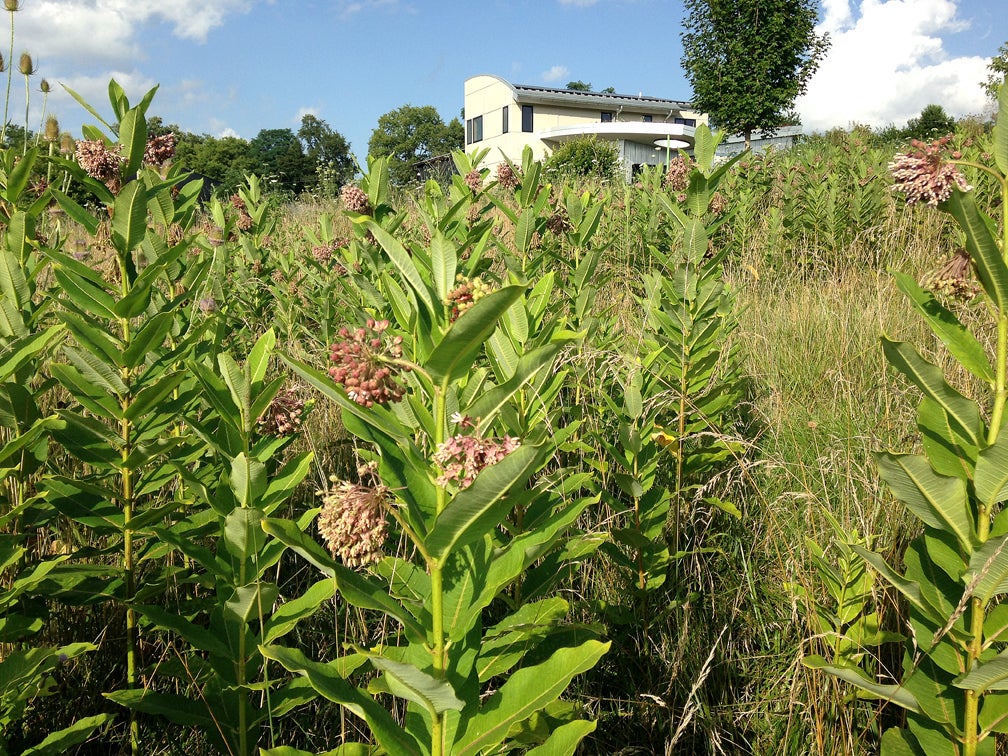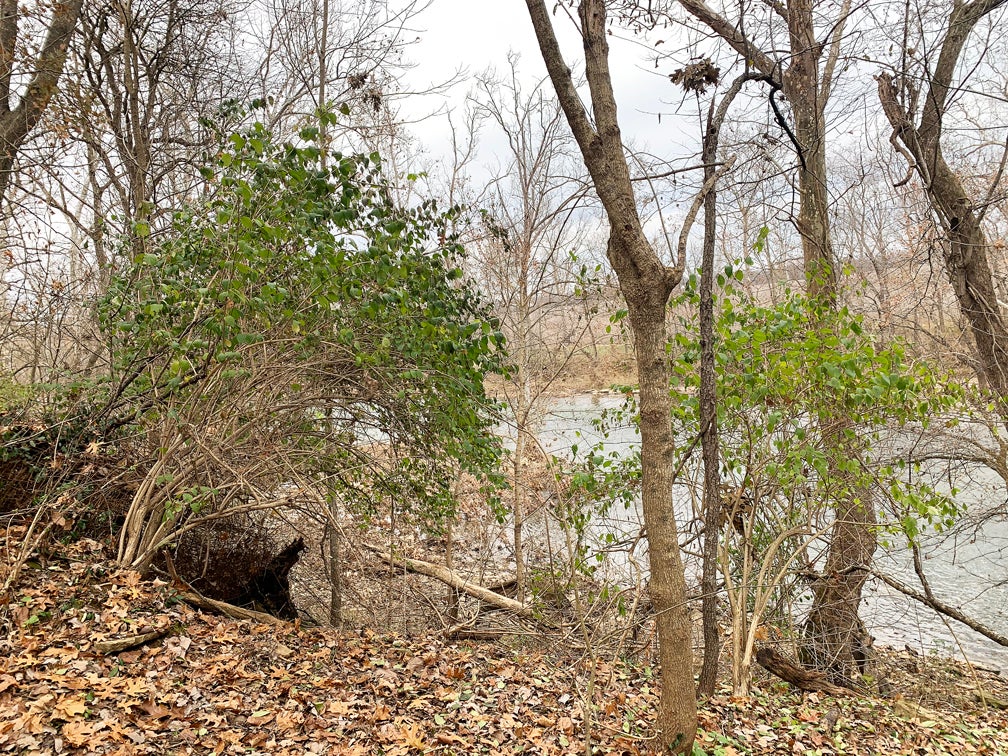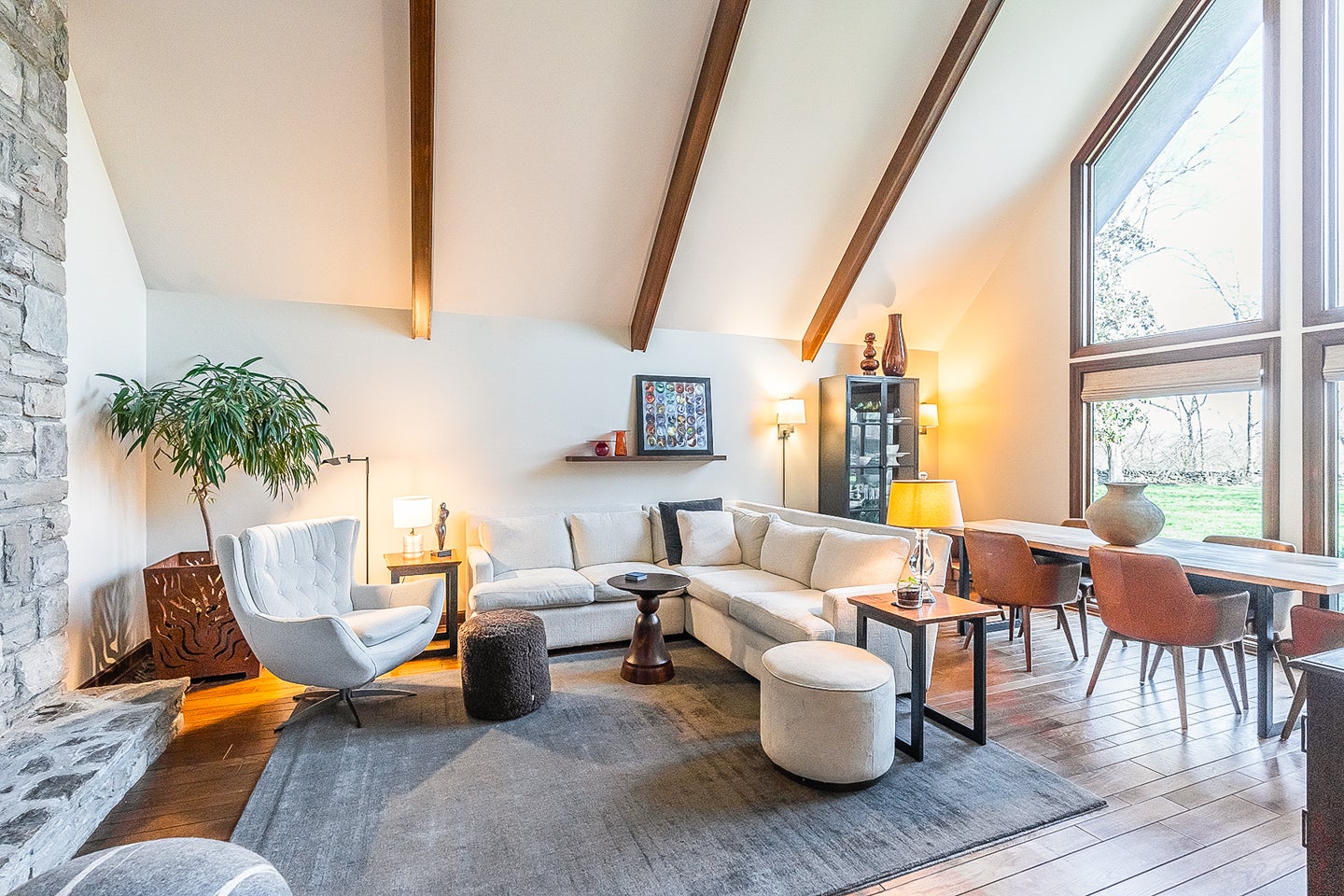Gardening for wildlife has never been more important! With as much as 52 percent of the world’s population of vertebrate species on decline, habitat loss is one of the greatest threats to the variety of life on earth. More than one million species face extinction, only 10 percent of the world’s forests are protected areas, while we’ve experienced more than 90 percent natural habitat loss.
Human impact creates an unsustainable demand on natural resources through deforestation, population, burning fossil fuels and pollution. Natural disasters also play a role. Wildlife has great ecological, social and economic importance by helping create the air we breathe, cleansing the water we drink and helping with the formation of soil.
You can create a habitat garden by planning and committing, eliminating invasive species, choosing native plants, maximizing diversity, providing food water and shelter and composting.
- Start with a design or even a basic sketched plan to designate planned or wild wildlife areas on your property.
- This probably appears in every article I write — rid your property of invasive species! If you own land, study up on invasive species and work diligently to remove them. See many previous articles for invasive species identification and how to remove. Invasive species take over our important native flora which wildlife depend on.
- Choosing native plants ensures that our native insects and pollinators have a food source which they have coevolved with. Having insects means you’ll have birds. (Almost all — 96 percent — of North American feed on insects and feed them to their young).
- Maximize diversity by using a variety of plants. This not only helps draw more wildlife with more variety, but also helps prevent disease. The most popular and overused plants usually end up with some catastrophic disease or pest.
- Basic needs for life are water, shelter and food. Add a water feature, bird bath for water and let your native plants provide shelter and food.
- Soil is the essence of life. By composting our food, leaves and other debris, we create soil and help protect wildlife.
Andrea Wilson Mueller, APLD, is a native Frankfortian and 2003 magna cum laude graduate of the University of Kentucky College of Design with a bachelors of arts in design. She was raised in the horticulture industry and is the first and only APLD certified landscape designer in the state of Kentucky. She specializes in large-scale residential and commercial outdoor and native garden design.










